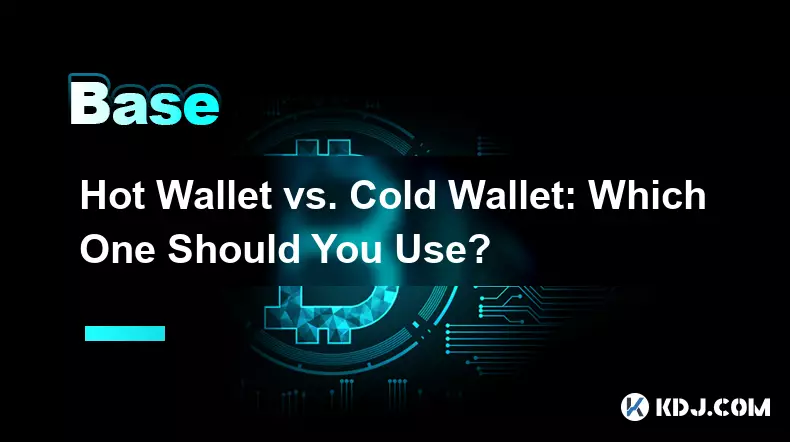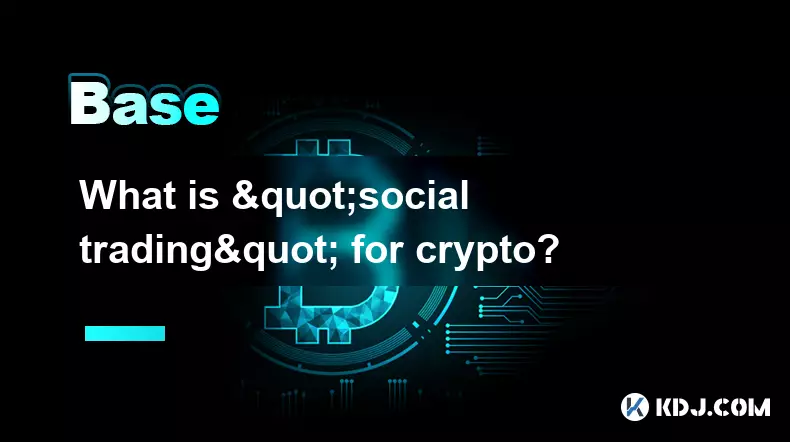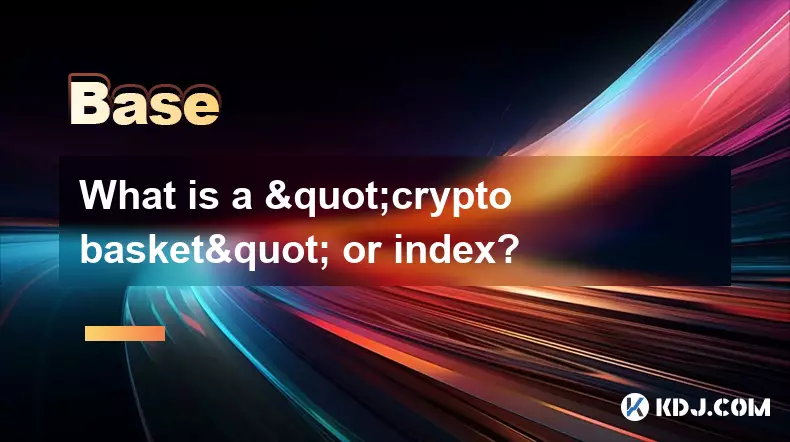-
 Bitcoin
Bitcoin $111200
0.03% -
 Ethereum
Ethereum $4321
0.45% -
 Tether USDt
Tether USDt $0.9999
-0.02% -
 XRP
XRP $2.824
0.89% -
 BNB
BNB $856.7
1.36% -
 Solana
Solana $204.4
0.79% -
 USDC
USDC $0.9998
0.00% -
 Dogecoin
Dogecoin $0.2178
2.21% -
 TRON
TRON $0.3317
-1.04% -
 Cardano
Cardano $0.8334
2.36% -
 Hyperliquid
Hyperliquid $47.48
5.04% -
 Chainlink
Chainlink $22.43
0.45% -
 Ethena USDe
Ethena USDe $1.001
0.01% -
 Bitcoin Cash
Bitcoin Cash $615.9
4.10% -
 Sui
Sui $3.404
2.84% -
 Stellar
Stellar $0.3610
1.92% -
 Avalanche
Avalanche $24.44
1.03% -
 Hedera
Hedera $0.2185
1.99% -
 Cronos
Cronos $0.2710
2.40% -
 UNUS SED LEO
UNUS SED LEO $9.567
0.12% -
 Litecoin
Litecoin $112.4
1.13% -
 Toncoin
Toncoin $3.084
-0.52% -
 Shiba Inu
Shiba Inu $0.00001239
2.12% -
 Polkadot
Polkadot $3.881
2.85% -
 Uniswap
Uniswap $9.394
0.47% -
 Dai
Dai $0.9997
-0.02% -
 Ethena
Ethena $0.7621
16.86% -
 Monero
Monero $269.5
0.69% -
 Aave
Aave $302.2
-1.65% -
 World Liberty Financial
World Liberty Financial $0.1825
-0.64%
What is a token standard (e.g., ERC-20, BEP-20)?
Token standards like ERC-20 and BEP-20 ensure interoperability across wallets, dApps, and exchanges, enabling seamless transfers and cross-chain compatibility.
Sep 06, 2025 at 07:36 am

Understanding Token Standards in the Cryptocurrency Ecosystem
Token standards define a set of rules and functions that tokens on a blockchain must follow to ensure compatibility and interoperability. These standards outline how tokens are issued, transferred, and managed within a specific network. By adhering to a token standard, developers guarantee that their tokens can interact seamlessly with wallets, exchanges, decentralized applications (dApps), and smart contracts. The most widely adopted token standards include ERC-20 on Ethereum and BEP-20 on Binance Smart Chain, each designed to function within their respective ecosystems.
Key Features of ERC-20
The ERC-20 standard is one of the most influential token frameworks in the blockchain space. Introduced on the Ethereum network, it has become the blueprint for fungible token creation. Its widespread acceptance stems from its simplicity and reliability in enabling predictable token behavior across platforms.
- Defines a common list of rules that all Ethereum-based tokens must follow.
- Includes functions for transferring tokens and querying account balances.
- Specifies methods for approving token spending by third-party addresses.
- Ensures tokens can be integrated into exchanges and wallets without custom adjustments.
- Supports automated smart contract interactions, making it ideal for DeFi applications and ICOs.
Differences and Benefits of BEP-20
BEP-20 is the native token standard of the Binance Smart Chain (BSC), designed to mirror the functionality of ERC-20 while offering improvements in transaction speed and cost. It enables developers to create tokens that are compatible with both BSC and Ethereum tools, thanks to cross-chain interoperability features.
- Built to support faster transaction confirmations compared to Ethereum’s base layer.
- Offers lower gas fees, making micro-transactions and frequent trades more feasible.
- Maintains compatibility with Ethereum’s tooling, including MetaMask and Remix.
- Allows seamless token migration between Binance Smart Chain and Ethereum via the Binance Bridge.
- Supports the same core functions as ERC-20, easing the transition for developers familiar with Ethereum standards.
Interoperability and Cross-Chain Considerations
As blockchain ecosystems expand, the ability for tokens to operate across multiple networks becomes increasingly important. Token standards play a crucial role in enabling this cross-chain functionality, especially when paired with bridges and wrapped assets.
- Wrapped tokens, such as wBTC or wBNB, use token standards to represent assets from one chain on another.
- Cross-chain bridges rely on standardized interfaces to verify and transfer token ownership securely.
- Projects often deploy the same token using different standards (e.g., ERC-20 and BEP-20) to maximize accessibility.
- Standardization reduces integration complexity for dApps operating across multiple blockchains.
- Consistent function names and event signatures allow analytics platforms and explorers to track tokens uniformly.
Frequently Asked Questions
What happens if a token does not comply with a standard like ERC-20?Tokens that do not follow established standards may face limited support. Exchanges, wallets, and dApps often reject non-compliant tokens due to unpredictable behavior or missing critical functions, leading to reduced usability and liquidity.
Can a single token exist under multiple standards simultaneously?Yes, many projects issue the same token on different blockchains using respective standards. For example, a token might have an ERC-20 version on Ethereum and a BEP-20 version on Binance Smart Chain. These are technically separate tokens but are usually pegged in value and transferable via bridges.
Are there token standards for non-fungible tokens (NFTs)?Yes, NFTs use different standards such as ERC-721 and ERC-1155 on Ethereum. These define unique identifiers and metadata handling for indivisible, one-of-a-kind assets, contrasting with fungible token standards like ERC-20 and BEP-20.
Disclaimer:info@kdj.com
The information provided is not trading advice. kdj.com does not assume any responsibility for any investments made based on the information provided in this article. Cryptocurrencies are highly volatile and it is highly recommended that you invest with caution after thorough research!
If you believe that the content used on this website infringes your copyright, please contact us immediately (info@kdj.com) and we will delete it promptly.
- Cryptos, Future, Investment: Spotting the Next Big Thing in the Wild World of Digital Assets
- 2025-09-06 08:45:13
- Arctic Pablo, Trump Coin & Crypto Mania: What's the Deal?
- 2025-09-06 09:05:13
- BullZilla ($BZIL): Riding the Meme Coin Wave with Presale Price Potential
- 2025-09-06 06:45:14
- Bitcoin Whale Awakens: $10 Billion Ethereum Shift?
- 2025-09-06 06:25:11
- Cardano, Pi Network, and Presale Altcoins: What's the Buzz?
- 2025-09-06 04:45:15
- Bitcoin Hashrate, Price, and ATH: Navigating the Crypto Landscape
- 2025-09-06 04:30:12
Related knowledge

Hot Wallet vs. Cold Wallet: Which One Should You Use?
Sep 05,2025 at 06:19pm
Understanding Hot Wallets in the Cryptocurrency Ecosystem1. A hot wallet is a digital cryptocurrency wallet that remains connected to the internet at ...

What is "backtesting" a crypto trading strategy?
Sep 03,2025 at 10:55am
Understanding Backtesting in Crypto TradingBacktesting is the process of evaluating a trading strategy by applying it to historical market data. Trade...

What is a "crypto trading bot" and do they work?
Sep 02,2025 at 04:19pm
Understanding Crypto Trading Bots1. A crypto trading bot is a software application designed to automate the process of buying and selling cryptocurren...

What is a "copy trading" platform?
Sep 02,2025 at 07:00pm
Understanding Copy Trading in the Cryptocurrency Space1. A copy trading platform allows users to automatically replicate the trades of experienced inv...

What is "social trading" for crypto?
Sep 03,2025 at 09:00pm
Understanding Social Trading in the Cryptocurrency Space1. Social trading refers to a method where investors observe, follow, and automatically replic...

What is a "crypto basket" or index?
Sep 03,2025 at 07:01am
Understanding Crypto Baskets and Their Role in Digital Asset Investment1. A crypto basket refers to a curated collection of multiple cryptocurrencies ...

Hot Wallet vs. Cold Wallet: Which One Should You Use?
Sep 05,2025 at 06:19pm
Understanding Hot Wallets in the Cryptocurrency Ecosystem1. A hot wallet is a digital cryptocurrency wallet that remains connected to the internet at ...

What is "backtesting" a crypto trading strategy?
Sep 03,2025 at 10:55am
Understanding Backtesting in Crypto TradingBacktesting is the process of evaluating a trading strategy by applying it to historical market data. Trade...

What is a "crypto trading bot" and do they work?
Sep 02,2025 at 04:19pm
Understanding Crypto Trading Bots1. A crypto trading bot is a software application designed to automate the process of buying and selling cryptocurren...

What is a "copy trading" platform?
Sep 02,2025 at 07:00pm
Understanding Copy Trading in the Cryptocurrency Space1. A copy trading platform allows users to automatically replicate the trades of experienced inv...

What is "social trading" for crypto?
Sep 03,2025 at 09:00pm
Understanding Social Trading in the Cryptocurrency Space1. Social trading refers to a method where investors observe, follow, and automatically replic...

What is a "crypto basket" or index?
Sep 03,2025 at 07:01am
Understanding Crypto Baskets and Their Role in Digital Asset Investment1. A crypto basket refers to a curated collection of multiple cryptocurrencies ...
See all articles

























































































